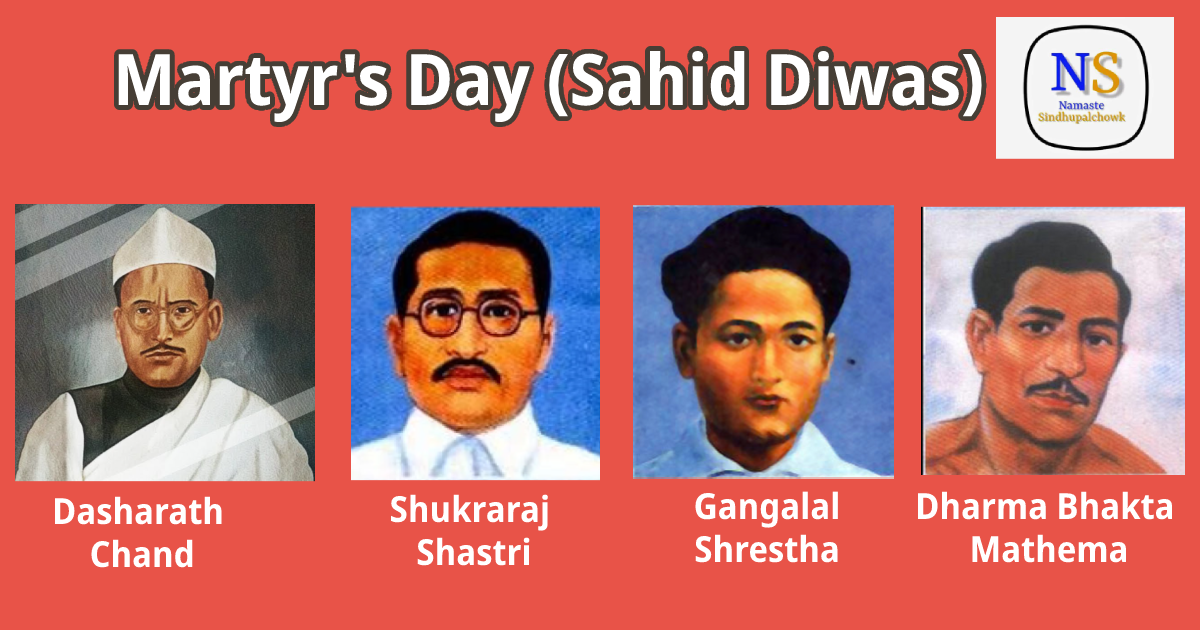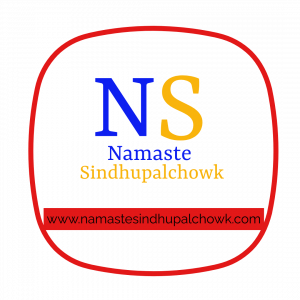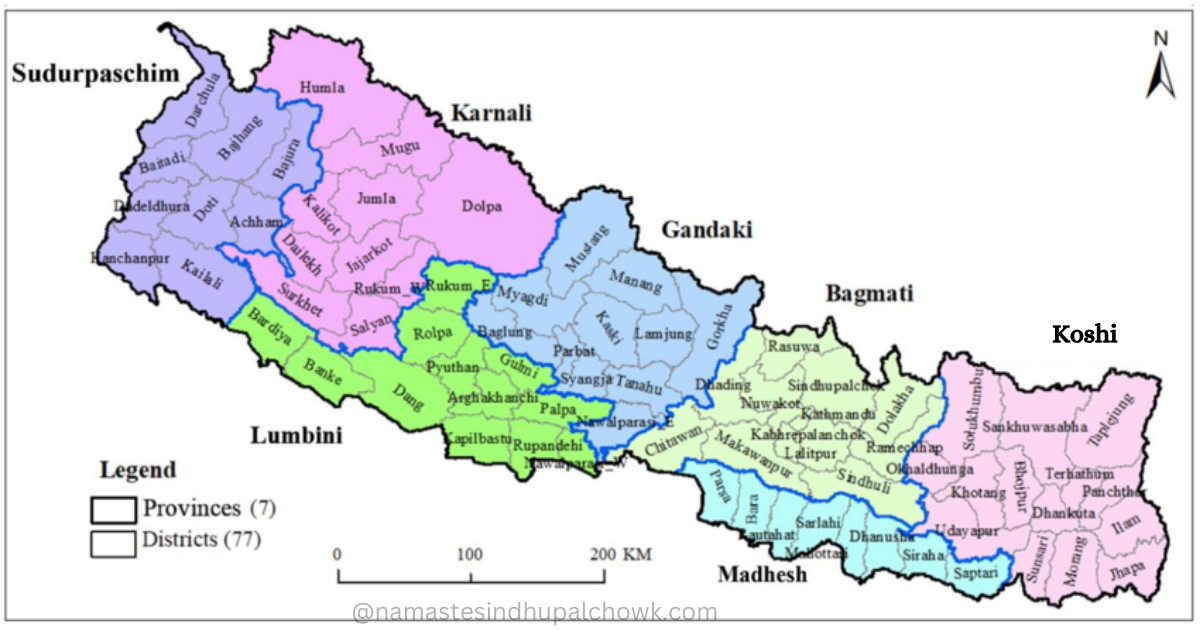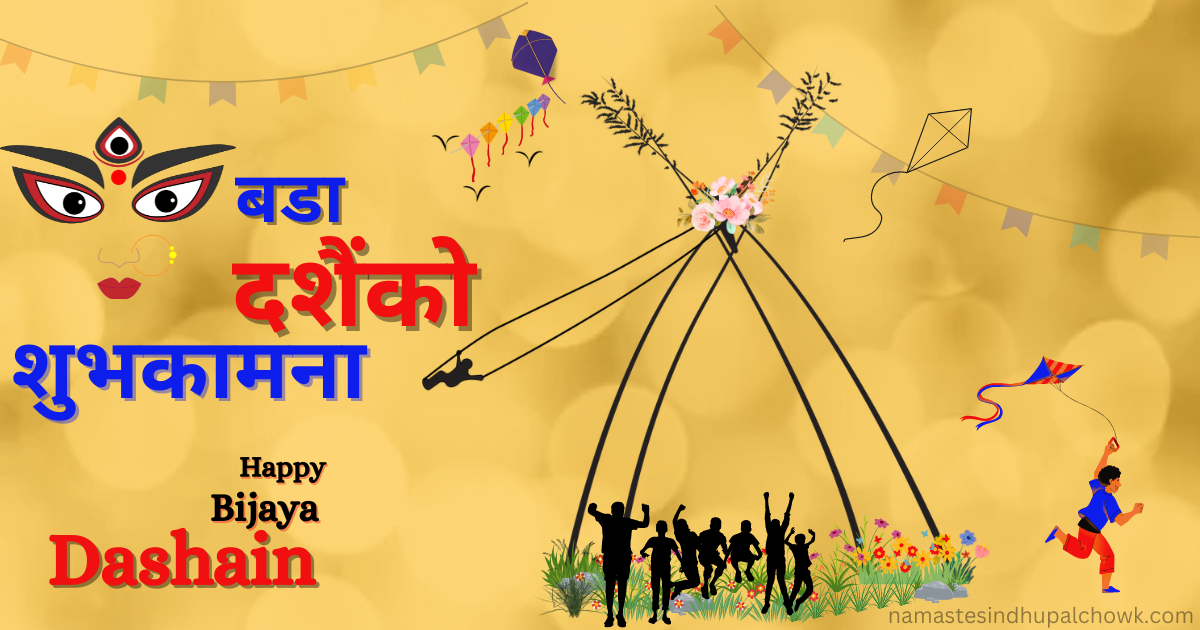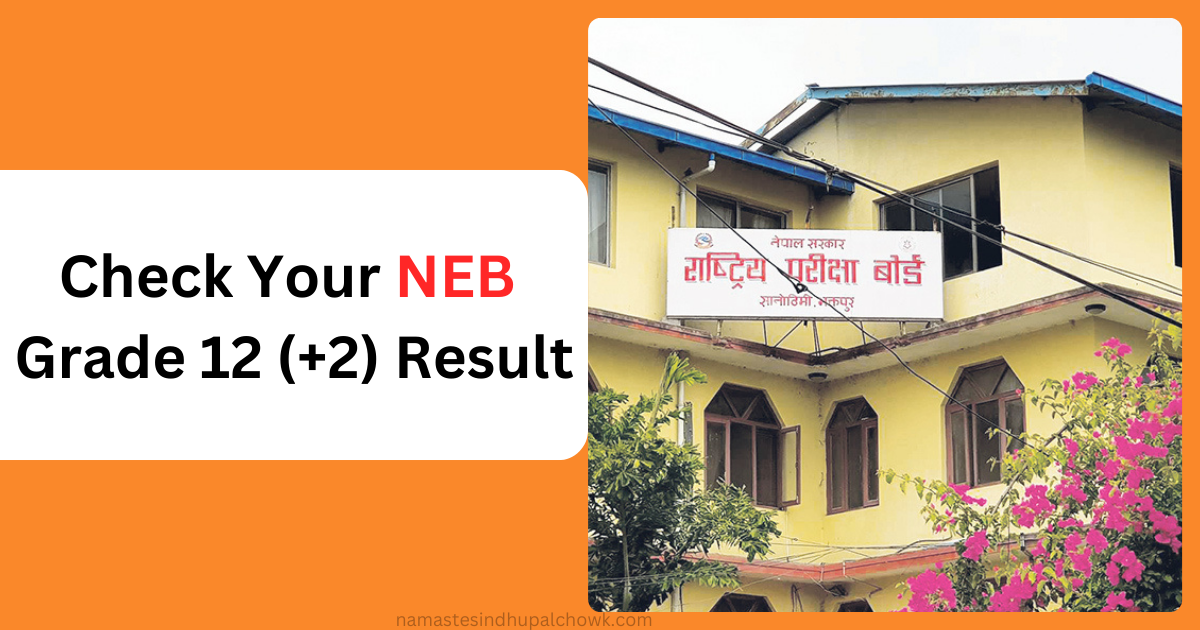Martyr's Day is a very important day for any nation. The day on which the nation and the people living within the nation remember the individuals who shed their blood and sacrificed their lives for the rights and freedom of entire the country. If the long history of the nation or society is to be considered, then the governance has reached today's democratic system through an autocratic system. In a single-minded system, the entire resources of the country and society were used for the benefit of a single person or organization. Citizens within the country had to obey the orders of that person or ruler.
Common people are deprived of all services. Such as education, health, the right to ask questions, to reach government agencies, to do business, to personal property, and to present independent opinions. Similarly, a great martyr is a person who sacrifices his life to bring the keys of rights and freedom to the hands of common citizens by fighting against autocratic rule and power.
Looking at the history of Nepal, the 104-year Rana rule was a period of an autocratic (Jahaniya) ruling system. Under the rule of the Ranas of that time, the common people could not use any services, facilities and rights. It was a situation where the Rana rulers and courtiers had to accept what they said. It is the ruling system of "I order, you follow." However, today, when we are living in the emerging state of democratic governance, when we are talking about freedom and fundamental rights, we should not forget the warriors who fought in history for this beautiful system. Those who fought for our rights and freedom did not hesitate to give up their lives.
Martyrs of Nepal
Martyr's Day is associated in history with the greatness of people who raised their voices against the exploitation of the rulers, spread public awareness and sacrificed their lives to move the nation towards progress. If we look at Nepali history again, especially during the 104-year autocratic Rana rule, there have been various direct and indirect movements against that exploitative state power.
During the reign of Jung Bahadur Rana, Lakhan Thapa was sentenced to death near the Manakamana temple of Gorkha when he raised his voice against the ruling system of that time. Lakhan Thapa is the first martyr of Nepal. (Nepal ko Pahilo Sahid)
During the Rana regime, along with the changing world environment, there were many movements, struggles, and revolutions for civil rights, and freedom, and against the autocratic system in almost all countries. Its influence fell on Nepal. And in Nepal, youth and students also protested against the monopolistic and exploitative state power system. The work of spreading public awareness of their rights, rights, freedom, and democracy among the common people took an intense form.
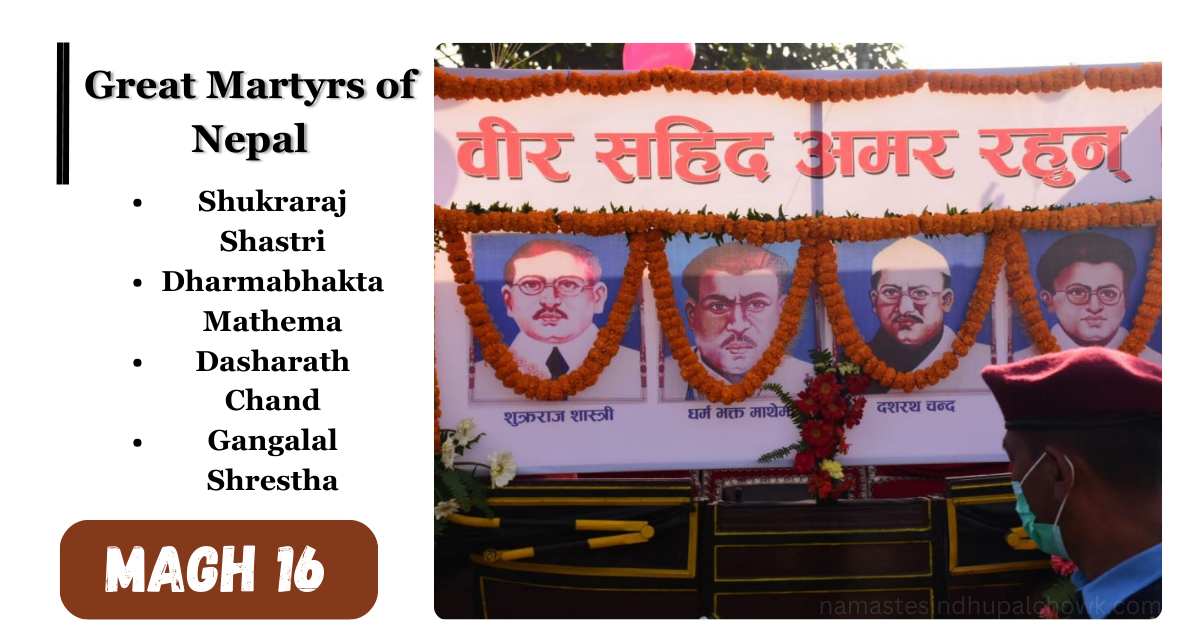
At the same time, on Magh 10, 1997BS, the autocratic Rana killed Shukraraj Shastri by hanging him from a tree in Kathmandu Teku. Shastri was on a campaign to spread public awareness about the autocratic Rana regime by opening organizations like the Nepal Praja Parishad. And, on the 13th Magh of the same year, Rana killed the Dharmabhakta hanging in Sifal, and on the 15th Magh, Dasharath Chand and Gangalal Shrestha were shot dead at a place called Shobha Bhagwati. These same people, Dharmabhakta, Dasharatha, Sukraraj, and Gangalal are called the four martyrs of Nepal.
Martyrs Day in Nepal
Martyrs' Day is celebrated on Magh 16 every year in Nepal. Likewise, Martyr Week is celebrated from Magh 10-16 every year. The four great martyrs of Nepal were brutally murdered on different days of the month of Magh 1997BS while protesting against the autocratic System of Rana. Martyrs Day is celebrated on the 16th of Magh in memory of Nepali warriors who have been martyred till now keeping these martyrs in the centre.
Since 2012 BS, Nepal has started celebrating Martyrs' Day on 16th Magh every year. Now federal government, state government and local government celebrate Martyr's Day in their own way.
How is Martyr's Day celebrated in Nepal?
Martyr's Day is special for every nation. Martyr's Day celebrates in different ways in Nepal. Especially on Martyrs' Day, the national flag is lowered to half-mast, silence is observed in memory of all the martyrs of the country, and wreaths are placed on their statues. Likewise, Martyrs' Day is celebrated by singing the story of martyrdom, discussing their sacrifices, and holding various programs about this in the communities.
The various educational institutions of Nepal celebrate this day by explaining to the students about the struggle and dreams of the martyrs, and the love of the country of the martyrs, to instil love and dedication towards the nation among the students. Also, Nepal government, security agencies and various agencies also celebrate Martyr's Day in various ways.
On Martyr's Day, a program is held at Shahid Gate in Kathmandu in the presence of special guests. There are statues of four martyrs of Nepal at Shaheed Gate Sundhara. Likewise, Martyr's Day is also celebrated in the birth villages of martyred people, appreciating their contribution and sacrifice. Various places celebrate this great festival by offering garlands to the statues of martyrs and showing respect to the martyrs.
